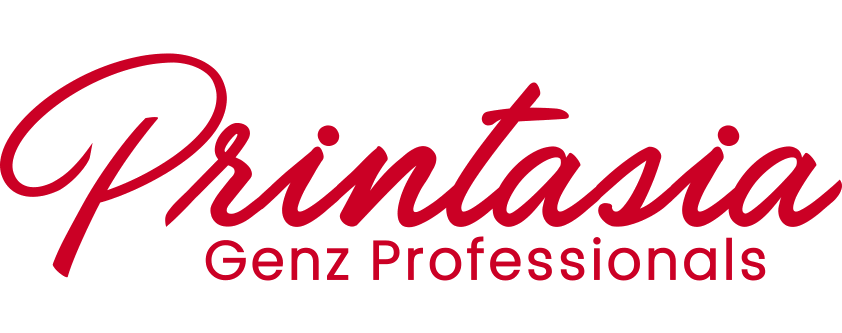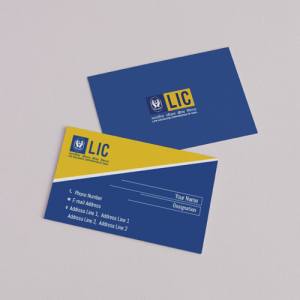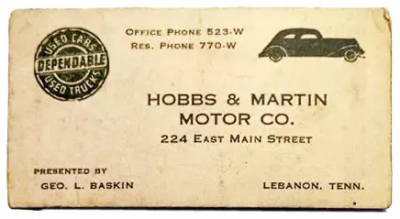The Role of LIC Visiting Cards in Networking and Business Growth
The Role of LIC Visiting Cards in Networking and Business Growth
Networking is a vital aspect of professional growth and success. For LIC (Life Insurance Corporation) agents, building and maintaining a strong network can lead to increased business opportunities, client referrals, and personal growth. In this blog, we will explore the essential role of LIC visiting cards in networking and how they can be leveraged effectively to foster business growth. We'll also provide strategies for making the most of your LIC visiting cards in your networking efforts.
The Power of Networking
Networking is the art of cultivating relationships, both personal and professional, to create a web of connections that can be beneficial in various ways. In the insurance industry, networking is a powerful tool for achieving business growth. Here's why networking is essential for LIC agents:
- Referrals: Networking can lead to referrals from satisfied clients, which are often a primary source of new business for LIC agents.
- Learning and Growth: Through networking, agents can learn from their peers and stay updated on industry trends, market changes, and best practices.
- Business Opportunities: Networking can open doors to new business opportunities, partnerships, and collaborations that might not have been accessible otherwise.
- Personal Development: Interacting with a diverse group of people can improve interpersonal skills and enhance your ability to communicate effectively with clients.
- Credibility: A strong professional network can enhance your credibility in the industry and among potential clients.
The Role of LIC Visiting Cards in Networking
LIC visiting cards are indispensable tools in networking for LIC agents. These cards facilitate communication, create a lasting impression, and serve as a tangible reminder of your services. Here's how LIC visiting cards play a significant role in networking:
1. Facilitating Initial Contact: When you meet someone at a networking event or during a prospecting visit, offering your LIC visiting card is an excellent way to initiate contact. It provides essential contact details in a compact form.
2. Creating a Lasting Impression: A well-designed LIC visiting card can create a strong and memorable impression. The card reflects your professionalism and attention to detail, which can positively influence the perception of those you meet.
3. Serving as a Reminder: People you meet at networking events might receive multiple cards in a single evening. Your LIC visiting card serves as a reminder of the interaction, making it easier for them to recall your services and contact you.
4. Promoting Brand Identity: LIC visiting cards often include the company's branding and logo. This enhances the recognition of your association with a reputable insurance provider and promotes trust.
5. Facilitating Follow-Ups: When you meet a potential client or a colleague, exchanging LIC visiting cards can be the first step in building a professional relationship. It provides them with your contact information for follow-up discussions.
Leveraging LIC Visiting Cards for Business Growth
To harness the full potential of LIC visiting cards in your networking efforts, consider the following strategies:
1. Always Have Your Cards Ready
Carry a supply of LIC visiting cards with you at all times. You never know when you might meet a potential client or a networking opportunity might arise. Be prepared to hand out your card when the occasion presents itself.
2. Use a Professional Design
Invest in a professionally designed LIC visiting card. An attractive and well-thought-out design can make a significant difference in how your card is received and remembered.
3. Personalize Your Cards
Consider personalizing your LIC visiting cards with a brief note or a handwritten message. This personal touch can make a lasting impression and show your genuine interest in building a relationship.
4. Exchange Cards Thoughtfully
When exchanging LIC visiting cards, do so thoughtfully. Take a moment to engage in a meaningful conversation and express your interest in further interaction. Exchanging cards should be the beginning of a relationship, not just a transaction.
5. Follow Up Promptly
After a networking event or meeting, follow up with those you've exchanged cards with. Send a thank-you message, connect on social media, or set up a follow-up meeting. The prompt follow-up reinforces your commitment to the relationship.
6. Create a Digital Presence
Your LIC visiting card should complement your digital presence. Ensure that your online profiles are up to date and consistent with the information on your card. Potential clients and partners may look you up online after receiving your card.
7. Provide Value
When networking, focus on providing value to others rather than solely seeking personal gain. By offering your expertise, assistance, or advice, you build trust and goodwill in your network.
8. Attend Networking Events
Participate in networking events, industry conferences, and local business gatherings to expand your network. These events provide ample opportunities to distribute your LIC visiting cards and connect with potential clients and peers.
9. Maintain Your Network
Networking is an ongoing process. Stay in touch with your network by sending updates, sharing industry news, or even sending holiday greetings. Consistent communication keeps your connections alive and active.
Conclusion
LIC visiting cards are valuable tools in the hands of LIC agents looking to network effectively and foster business growth. They serve as the first point of contact, create a lasting impression, and facilitate ongoing communication with potential clients and industry peers. By employing strategic networking and leveraging LIC visiting cards agents can expand their network, develop meaningful relationships, and ultimately drive business success in the insurance industry. Remember that networking is not just about handing out cards; it's about building genuine connections and providing value to those in your network.















